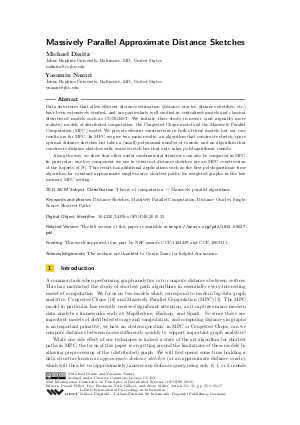LIPIcs.OPODIS.2019.35.pdf
- Filesize: 0.5 MB
- 17 pages

 Creative Commons Attribution 3.0 Unported license
Creative Commons Attribution 3.0 Unported license


























Feedback for Dagstuhl Publishing